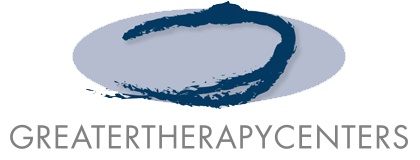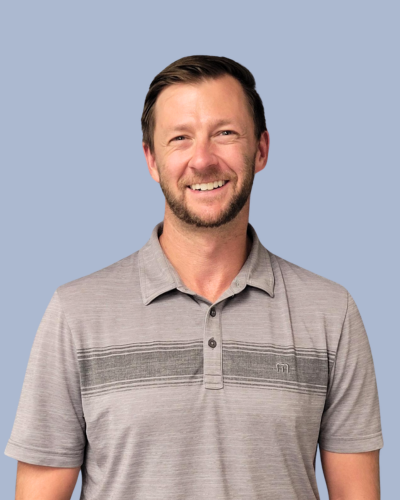Physical Therapy in Allen TX by EDGE Physical Therapy, powered by Greater Therapy Centers, offers individualized physical therapy treatment programs for patients suffering from injuries to their muscles, bones and joints, and more.
Our team of licensed physical therapists in Allen TX specializes in Dry Needling, Vertigo and Vestibular Rehabilitation, Manual Therapy, and Sports Medicine. Whether you are seeking physical therapy treatment to avoid or postpone surgery, to reduce or eliminate pain, or to heal from surgery as efficiently and comfortably as possible, we are here to create a progressive treatment plan tailored just for you.
Our goal is to help you return to work and your daily activities quickly, safely, and effectively. With EDGE Physical Therapy in Allen TX, you've got comfortable, effective physical therapy just around the corner.
This EDGE Physical Therapy Clinic location is managed by Matt Nguyen PT, DPT.
For more questions related to your visit, view our Frequently Asked Questions
Dry needling is technique used by physical therapists to treat myofascial pain and soft tissue dysfunction. The term “dry” means a needle that does not have medicine or injection, therefore, dry needling refers to inserting a needle without medication into a muscle or tendon. The goal of dry needling is to increase range of motion and decrease pain. Dry needling is typically used in conjunction with other therapy techniques to help relieve pain and restore proper function of the muscle. Dry needling can also be referred to as functional dry needling or intramuscular manual therapy.
Dry needling can be used to treat a variety of musculoskeletal disorders by helping to relax muscle trigger points. Dry needling is an appropriate therapy to treat:
Since dry needling involves inserting needles directly into the muscle many people experience immediate relief and are able to move more freely. Dry needling is as safe as most other treatments used by a therapist who is properly trained in using the technique.
At Greater Therapy Centers we utilize several types of therapy techniques aimed at helping patients recover from pain. Manual therapy also referred to as manipulative therapy is a hands-on technique to relieve pain and improve range of motion in muscles and joints. Instead of utilizing a machine or device our physical therapists use their hands to apply pressure to particular muscles. This method is used to help decrease pain caused by muscle spasm or joint dysfunction.
Manual therapy helps to restore motion to joints that have been otherwise limited in mobility due to pain. Manipulation, massage and mobilization are three common forms of manual therapy. With manipulation therapy a licensed physical therapist uses their hands or a small tool to manipulate your muscles and soft tissue to help alleviate pain. Massage therapy is similar to manipulation however it involves working the knots and kinks out of your soft tissues. For mobilization a physical therapist works on loosening up the joint causing pain. This is done by moving the joint slowly while increasing the distance of movement directly into the barrier of a joint.
Yes. Manual therapy performed by licensed physical therapists is a safe and effective treatment options for people suffering from pain associated with injuries to the muscles, joint and soft tissue.
We provide quality, comprehensive physical therapy treatment for patients who are injured or suffering from any type of movement or function disorder in the Dallas, TX and Ft. Worth, Tx and surrounding areas.
As a key member of today's dynamic health care team, we prescribe a goal-oriented program of evaluation, treatment, and prevention for our patient's specific needs.
Conditions we treat include but are not limited to:
The benefits of physical therapy include:
Vertigo, dizziness, and imbalance are commonly associated with a problem with the inner ear or vestibular system functioning. There are many causes of vertigo and dizziness that are treatable with the guidance of a physical therapist with specialized training in Vestibular Rehabilitation Therapy.
Vestibular Rehabilitation Therapy is a specialized form of physical therapy that uses specific exercises or activities to promote recovery of balance and a sense of stability. The type of therapeutic strategies your therapist implements will depend on the cause of your dizziness and the severity of your symptoms.
Your therapist will conduct a thorough evaluation to help determine if your dizziness will respond to Vestibular Rehabilitation Therapy. Depending on the findings of the physical therapy evaluation, the therapist will then proceed with treatment and/or possibly a referral to another appropriate health care provider. Most often, you will respond quickly and favorably to the initial treatment. Our Physical Therapists have extensive training and expertise in Vestibular Rehabilitation Therapy.
Causes of dizziness we treat
What is a concussion?
A concussion is defined as a disruption of the normal functioning of the brain usually due to a direct or indirect force to the head.
Is Concussion a brain injury?
Yes. In short, it is a functional injury to the brain, rather than a structural injury.
What do you mean by a functional injury to the brain?
The brain controls many functions of the human body. When these functions are disrupted, the “concussed” person may experience problems with thinking, balance, emotion, and sleep. As a result, they may feel mentally “foggy,” dizzy, nauseated, more emotional, restless, or tired.
What are the signs and symptoms of a concussion?
After sustaining a fall or blow to the head, if one or more of these signs are observed, a concussion is suspected:
If one or more of these symptoms are reported, a concussion is suspected:
Someone must be “knocked out” or lose consciousness to have sustained a concussion, right?
This is a dangerous misconception about concussions. A concussion does not necessarily result in loss of consciousness, nor does the loss of consciousness on its own predict the severity or course of recovery from the concussion.
What should a parent or coach do when they are not sure whether their child or athlete sustained a concussion?
The statement “if in doubt, sit them out” summarizes it best. More specifically, the CDC recommends and California law (AB 2127)* mandates that an athlete suspected of sustaining a concussion or head injury is prohibited from returning to the athletic activity until the athlete is evaluated by a licensed health care provider. This educational sheet published by the CDC is an excellent resource for parents and coaches:
What are the health risks of “playing through” a concussion or suspected concussion?
Due to slowed reaction time and impaired judgment, an individual who has not fully recovered from a concussion is at heightened risk to sustain another blow to the head if he or she continues to participate in an athletic event. A repeat concussion sustained before full recovery has occurred can lead to second impact syndrome, which is a serious and life-threatening condition that involves rapid swelling of the brain. Although serious, second impact syndrome is preventable through recognition and proper management of an initial concussion.
How soon can an athlete return to play after sustaining a concussion?
The good news is 85% of individuals recover within 3 weeks of sustaining a concussion. However, there are many factors involved in an individual’s recovery from a concussion. Prior to returning to play, it must first be determined by a licensed health care provider trained in the management of concussion that he or she has returned to their “baseline” or pre-injury state. In addition, the athlete must complete a graduated return to play protocol under the supervision of a licensed health care provider trained in the management of concussion.
Why see a Physical Therapist for a concussion?
A Physical Therapist, trained in the management of concussion, is able to evaluate and provide treatment and education for symptoms of concussion, including headache and dizziness. In addition, a physical therapist’s expertise in exercise and movement allows them to safely and effectively implement the mandatory graduated return to play protocol. A Physical Therapist with training and experience treating concussions can help screen for cognitive (thinking and memory) problems, or visual problems that are amenable to referral to Speech-Language Pathology or Occupational Therapy, respectively.
Our sports medicine program is designed to help you recover from an injury, prevent injury, and enhance your ability to compete. It emphasizes individualized strength and flexibility training, plyometric (intense activity designed to produce fast, powerful muscle movements) and neuromuscular (the relationship between nerves and muscles) coordination activities, and education on safe techniques to promote an unrestricted return to sport, as well as improved athletic performance to aid the prevention of future injury.
Even if you have not had success with other treatments, this program is for you. We address the root cause rather than merely treating symptoms. This results in a more long-lasting result which is highly effective in preventing recurrent problems.
Depending on the severity of your current condition, results can be noticed in as little as 3 visits. Some severe cases may take longer.
Over-aggressive programs that do not take into account your individual mechanics and medical history.
We provide quality, comprehensive treatment for patients who are injured or suffering from any type of movement or function disorder.
As a key member of today's dynamic health care team, we prescribe a goal-oriented athlete training program starting with an evaluation, comprehensive training plan, and injury prevention for our patient's specific needs.
Athlete Training includes but is not limited to:
Our speed program focuses on two outcomes: explosive acceleration, and a fast max speed. Sprint technique and leg power are the big drivers of speed, so our programs focus on enhancing both to maximize speed.
Athletes in our program learn what to do with their arms, hands, hips, feet, and chest in order to run their fastest.
To improve your jump height as fast as possible without wasting time and effort, there are two undeniable truths:
1. Every person is unique and training works best when tailored to you as an individual. Cookie-cutter programs don’t cut it.
2. Not all exercise is created equal. You have to pick the right exercises, with the right weights, in the right order for your body.
We know training works best when customized for each individual.
In this program, every athlete is tested in the sports lab to determine exactly what type of training he or she needs as an individual in order to maximize jump height.
After testing, we analyze the data and build your program to target exactly what you need and not waste your time and energy with what you don’t.
Once you do the testing and we write your training program, you can then complete the program on your own. Our programs are written in four-week cycles. After you complete your four-week cycle, you’ll come back for re-testing to track progress and determine what changes need to be made in your training. As you advance, the type of training you need will change. RE-testing every four weeks allows us to monitor your progression closely so that every training session is exactly what your body needs to get as explosive as possible.
Our adult fitness personal training programs are uniquely tailored to your individual goals, lifestyle, and abilities to help you move forward and live the life you want to live.
We help adults achieve:
Falls and fear of falling in our senior population are recognized public health crises.
According to the CDC, falls are the leading cause of injury-related deaths in older adults by a wide margin. Each year, more than two million seniors experience a fall severe enough to necessitate emergency medical treatment. This number along with the associated personal and societal costs of falling is expected to rise as our population ages. Despite these grim statistics, many falls are preventable with professional interventions that address the causes of falling in older adults.
Our expert clinicians are trained in evidence-based interventions, such as the Otago Exercise Program, that are proven by controlled clinical trials to effectively reduce the number of falls in older adults.
There are other factors that also contribute to falls. Neurological conditions such as Parkinson's Disease, stroke, multiple sclerosis, brain injury, vestibular disorders, and neuropathy also increase fall risk. Our therapy team is well equipped to address the problems of falling and the fear of falling in individuals living with these conditions.
We provide quality, comprehensive injury plans for every athlete to prevent injuries or suffering from any type of movement or function disorder.
Our movement specialists identify if the way your body moves or your strength levels are contributing to pain, putting you at an increased risk for suffering a shoulder injury, running injury or even a torn ACL that can hold you back from your highest level of athletic performance.
Conditions we treat include but are not limited to:
When it comes to running, that starts with a running analysis.
Our advanced technology gives incredible insight into how your body runs. We measure every movement your lower body makes when running, from your ankle all the way up to your hip.
This allows us to break down every aspect of your technique to determine what is holding you back from being your best, fastest, and most pain-free competitor. After that, we prescribe exercises to strengthen your running.
The end result is you become a faster, safer runner, prolonging your running career and getting you better results along the way.
Whether you’re a cross country athlete, an adult competitive runner, or a weekend warrior, if you want to run faster or with less pain, you are in the right place.
If you’re an overhead athlete who has ever worried about a shoulder injury like a rotator cuff or labrum tear, a Tommy John injury (which is almost always caused by a bad shoulder), or nerve damage like thoracic outlet syndrome that causes numbness and tingling pain down your arm and hand, and you want to do everything you can to make sure you have a long, injury-free career, you are in the right place.
Physical therapists are movement specialists that have doctorate-level training in assessing, analyzing, and treating movement disorders using the power of your own body.
By knowing exactly what to look for, and how to fix the problems found, pain and injury can be avoided altogether.
There are four key predictors for ACL-tears: strength and power, strength symmetry, and body control.
Strength and power are critical for both athletic performance and injury prevention.
Strength and power symmetry refers to how similar your strength and power levels are between legs. Nobody is 100% the same on both sides, but if one of your legs is significantly stronger or more powerful than the other, your body compensates in ways that put you at increased risk for getting hurt.
Body control is the most well known of these risk factors. Knees that cave in when you run, jump, and make cuts increase the likelihood of injury.
Testing each of these factors gives you a clear idea of your strengths and weaknesses and highlights exactly what you need to work on to remove as much ACL-tear risk as possible.
If you want to know the truth about how your body works, and if you want to prevent a devastating, life-changing injury, this ACL-tear risk assessment is for you.
At Greater Therapy Centers our licensed physical therapists use stretching and soft tissue mobilization (STM) to help restore function to injured muscles and tissue. STM uses stretching and deep pressure to break up fibrous muscle tissue, also called myofascial adhesions, relax muscle tension and move fluids trapped in the tissues. With this technique our certified physical therapists will determine the area causing the greatest discomfort and work to restore the tissue to its normal texture. This can be done with a variety of tools.
When performed by a licensed physical therapist soft tissue mobilization is a safe and effective form of physical therapy.




